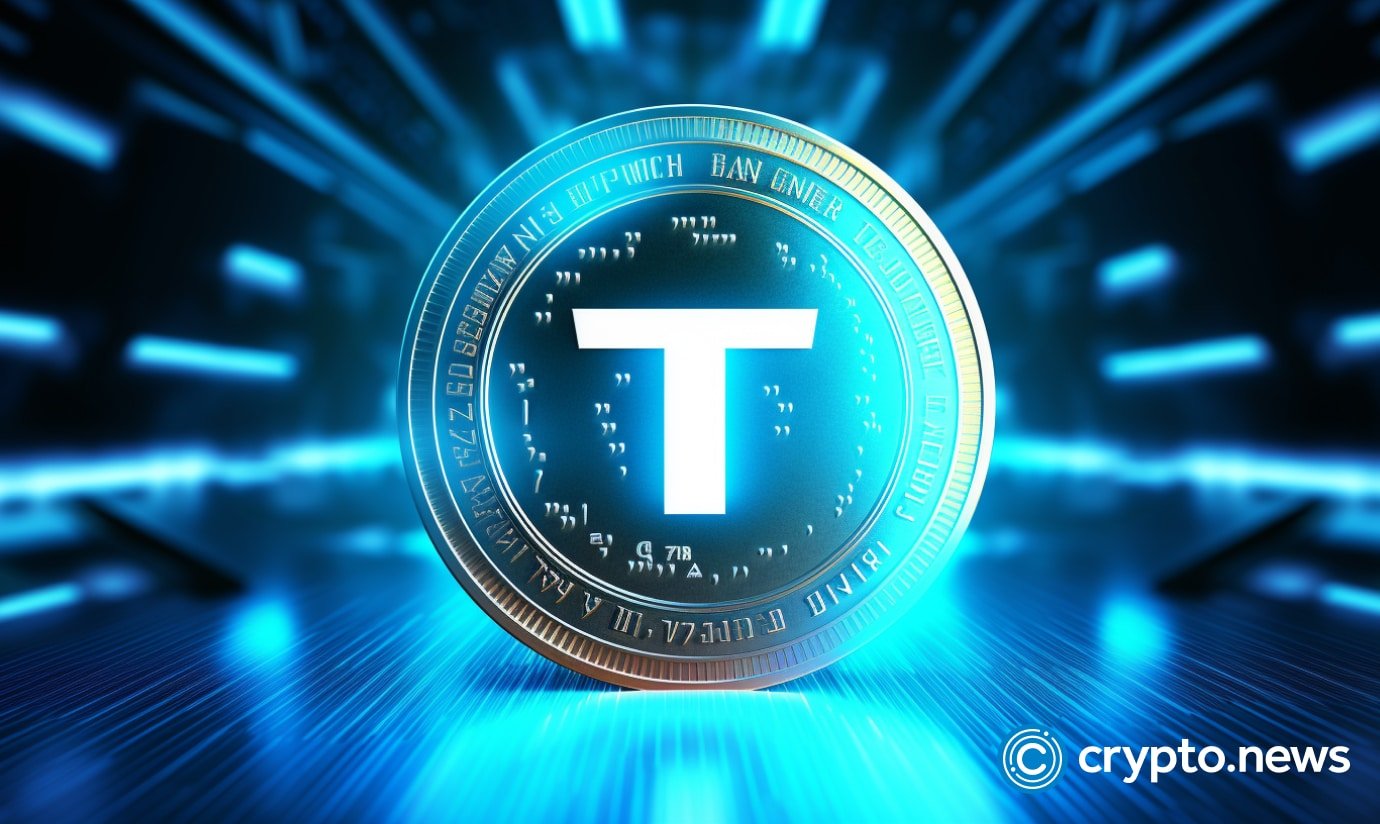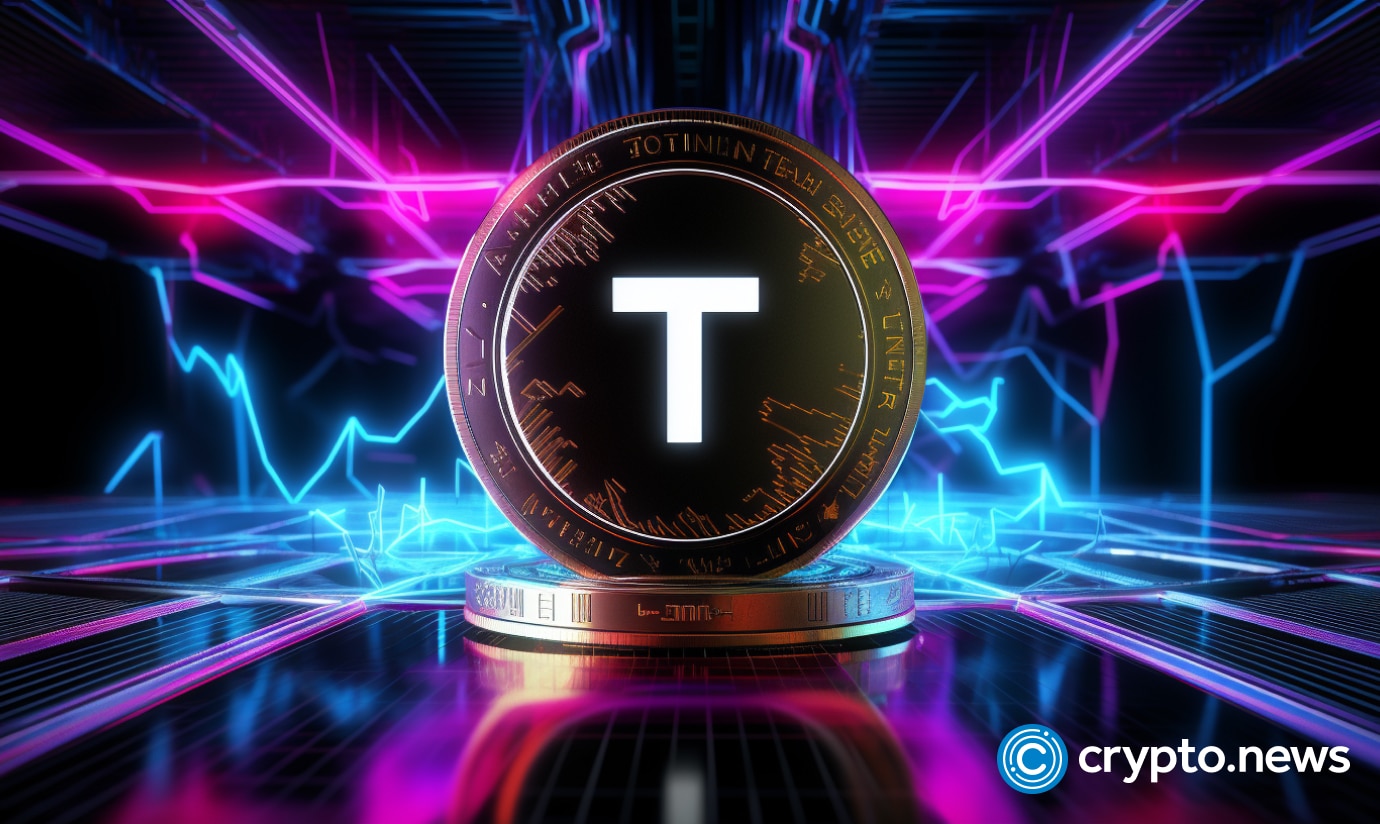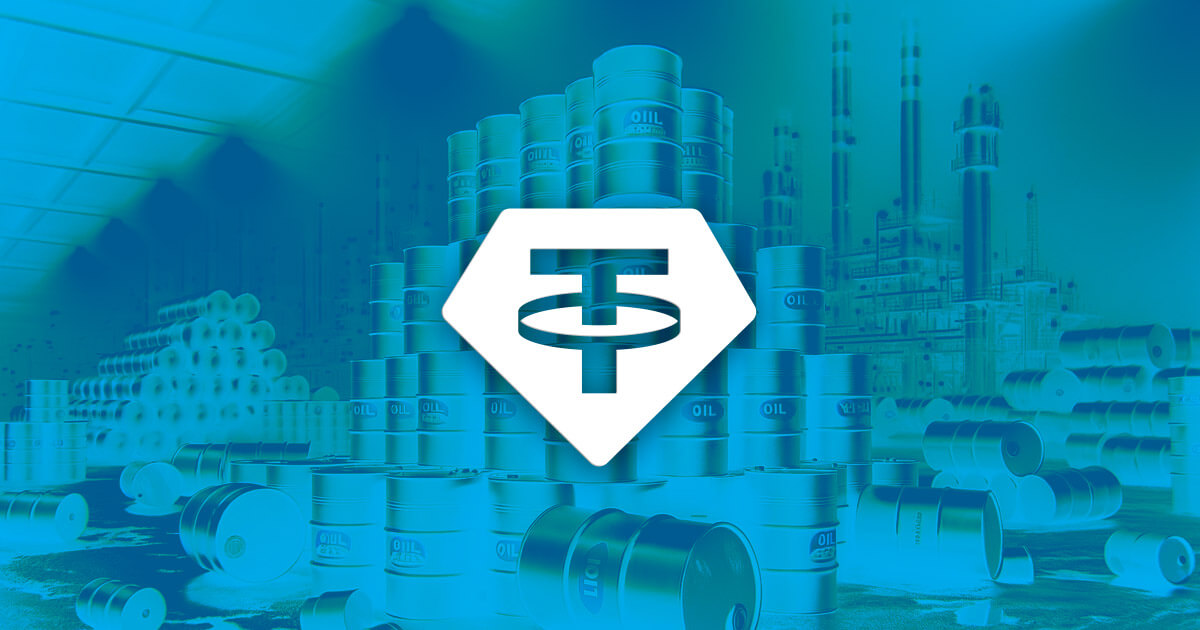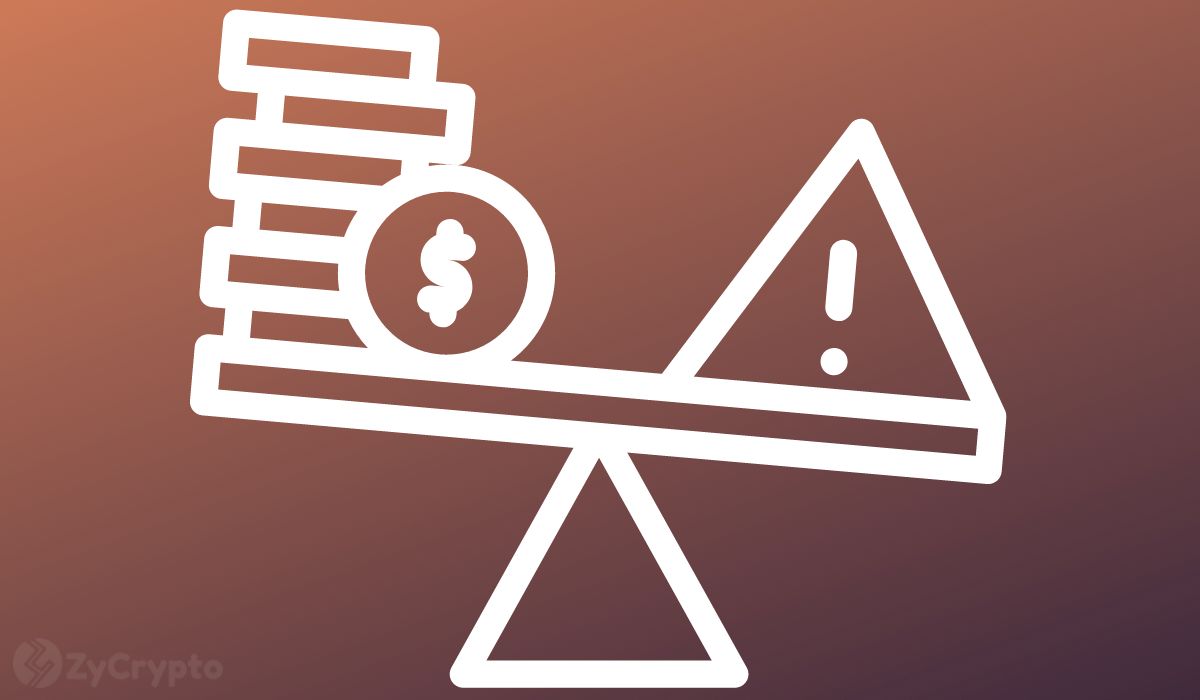2019-4-29 18:00 |
Tether [USDT], the eight-largest cryptocurrency by market cap, has been one of the most controversial coins in the market. The the coin’s journey has tumultuous from being a stablecoin pegged against the US Dollar to not being one. Notably, the core of these controversies has always been Bitfinex, a leading cryptocurrency exchange, since the individuals working on the development of the exchange were the ones issuing the cryptocurrency as well.
Recently, both Tether and Bitfinex were back in the spotlight after New York State’s Attorney General, Letitia James, announced an investigation into fraud allegedly perpetrated by the leading cryptocurrency projects. The announcement stated,
“[…] office obtained a court order enjoying iFinex Inc., operator of the Bitfinex virtual asset trading platform, and Tether Limited, issuer of “tether” virtual currency, and their related entities, from further violations of New York law in connection with an ongoing activities that may have defrauded New York investors […]”
The announcement went on to state that Bitfinex covered up a loss of over $850 million with $700 million of Tether [USDT] reserves in mid-2018. Because of this incident, the court ordered the entities to “immediately cease further dissipation of the U.S. dollar assets which back ‘tether’ tokens, while the Office’s investigation continues.” This report was, however, dismissed by the exchange, with Bitfinex claiming factual inaccuracies.
Following this news, the cryptocurrency market turned red, with Bitcoin, the world’s largest cryptocurrency, plunging by around $400 in a matter of minutes. The news also contributed to several investors transferring their USDT balance from their wallets to exchanges. A Tweet by Coinfirm stated,
“The #Bitfinex move of $89m of #BTC appears to be from a cold wallet to cover an influx of users requesting to withdrawal funds according to @Coinfirm_io @AMLT_Token analysis of @bitfinex wallets”
The valuation of Bitcoin on the exchange platform was also affected by the news, not only with respect to its USDT pairing, but also with the USD pairing, with the BTCUSD pair trading at over 6% premium.
However, the event also raised other important questions. Notably, whether the ‘stablecoin’ Tether was really backed by USD reserves and what the coin was backed by currently.
TETHER-DELTEC BANK
The question of whether Tether was really backed by USD reserves was one of the most important ones in 2018. In 2018, there were several members [like @Bitfinexed] in the community who claimed that the stablecoin was not really a stablecoin as it was not backed by USD reserves, and that this, in turn, would have a huge impact on the Bitcoin market. While others dismissed these allegations and called it FUD, it had a massive effect on the cryptocurrency as it ended up losing its peg to USD by a significant amount, with its lowest point recorded to be $0.85 on Kraken in October 2018.
This only got worse after evidence provided by Tether Limited to prove that Tether was actually backed by USD at Deltec Bank and Trust Limited. It was called out for being ‘fake’ as it did not provide details such as the bank representative’s name. Another report by the Central Bank, which provided information on aggregated funds in Bahamas’ banks, suggested that the exchange indicated that Tether did not have a banking relationship with Deltec Bank in the first place.
Interestingly, NY AG’s statement on Bitfinex-Tether, according to some members of the community, proved that the ‘stablecoin’ was, at one point in time, backed by US Dollar. Nevertheless, it also questioned what it was backed by now.
REVISION OF TERMS OF SERVICES
In March 2019, Tether Limited, the company behind the ‘stablecoin’, revised its Terms of Services, with its updated homepage reading,
“Every tether is always 100% backed by our reserves, which include traditional currency and cash equivalents and, from time to time, may include other assets and receivables from loans made by Tether to third parties, which may include affiliated entities”
This meant that USDT was not entirely backed by USD, but was backed by fiat, assets, cash equivalent and “receivables from loans.” Notably, the platform did not disclose any information pertaining to the kinds of assets or “traditional currency” it was backed by, basically providing absolutely no audit or evidence on the new disclosure. Additionally, the content of the company’s legal page, point 3, while putting things politely, can also be interpreted as, “we can do whatever the f*ck we want.”
The official statement read,
“Tether reserves the right to delay the redemption or withdrawal of Tether Tokens if such delay is necessitated by the illiquidity or unavailability or loss of any Reserves held by Tether to back the Tether Tokens, and Tether reserves the right to redeem Tether Tokens by in-kind redemptions of securities and other assets held in the Reserves.”
Nevertheless, the investigation by NY AG’s office could reveal data related to which asset the token was backed by and whether it was equivalent to the coins in circulation.
gasfijhagkd, a Redditor said,
“Tether lately claims USDt is backed by fiat and various other assets. They also claim 1:1 backing. Generally, “reserves” should be in cash or cash equivalents of high liquidity (treasuries, etc), or assets marked to market. If they aren’t in such form, there is no way to know if they are fairly valued on Tether balance sheet.”
The Redditor further added,
“Tether assets are clearly no longer cash and may even include debt that has far less value than they claim. USDt could be backed by pure junk that Tether has just decided to mark as high quality rather than anything close to fair value. For all we know, Tether is owed $1B by the owners personally and they have no intention of paying it back, ever.”
Source: Reddit
The post Bitfinex-Tether drama: Could NY AG’s investigation spill beans on Tether [USDT] reserves? appeared first on AMBCrypto.
origin »Tether (USDT) на Currencies.ru
|
|











